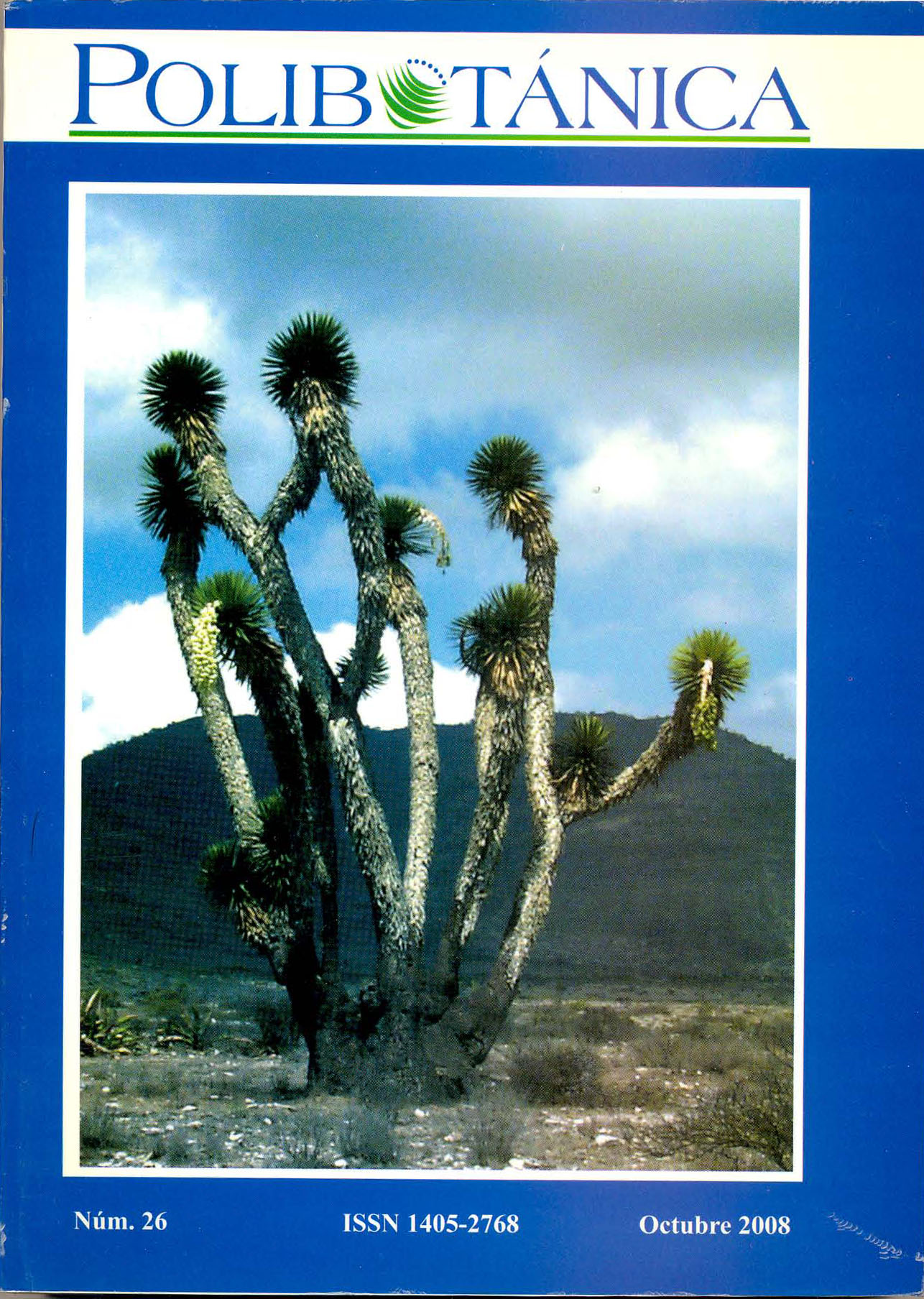RECURSOS VEGETALES ÚTILES EN DIEZ COMUNIDADES DE LA SIERRA MADRE DEL SUR, OAXACA, MÉXICO
Abstract
Lists of useful plants are the basis for understanding cultural patterns that support
traditional knowledge. Some areas like the
Sierra Madre del Sur of Oaxaca have been
poorly studied even though they include
highly diverse and preserved ecosystems, and despite of the presence of ethnic
groups like the Zapotecs. Such studies are
necessary to understand the complex ways
people interact with and conserve nature
in conjunction with the development of
agriculture and forestry. The present study
reports on the plant resources gathered in 10
communities of this region. The objectives
were: 1) to contribute to the knowledge
of the useful plants of 10 communities in
the Sierra Madre del Sur of Oaxaca, 2) to
determine the number of plant families
represented by the useful plants in this
region, and 3) to determine the amount of
variation in the plants used among the 10
communities.
We recorded 555 species belonging to
301 genera and 113 families, of which 20
included some 50% of the useful species.
Each family is represented by at least two
useful species. The most important families
are Fabaceae, Asteraceae and Solanaceae.
The most important categories of use are
medicine with 58 families and food with
44. Of the eight life forms recorded, trees
are the most often represented with 237
species, while herbs are in second place
with 119. All the life forms have diverse
uses; nevertheless, herbs have most often
been selected as medicinal plants, whereas
trees are preferentially used for construction.
Their distribution of useful plants among the
communities is heterogeneous in terms of
number of species and plant families used
and categories of use. Groups observed in
the phenogram are those related with communities located in similar vegetation no
matter what their ethnic composition (e.g.,
zapotecos or mestizos). We concluded that
there is a high proportion of useful plants
related to the area analyzed, that a restricted
number of plant families contain most of
the useful species, and that trees represent
the most recognized and used life form, all
of which suggest that this area still exhibits
high levels of conservation. Nevertheless,
this hypothesis most be probed with field
work.
Downloads
Published
Issue
Section
License

Polibotánica by Departamento de Botánica de la Escuela Nacional de Ciencias Biológicas del Instituto Politécnico Nacional se distribuye bajo una Licencia Creative Commons Atribución-NoComercial-CompartirIgual 4.0 Internacional.




















